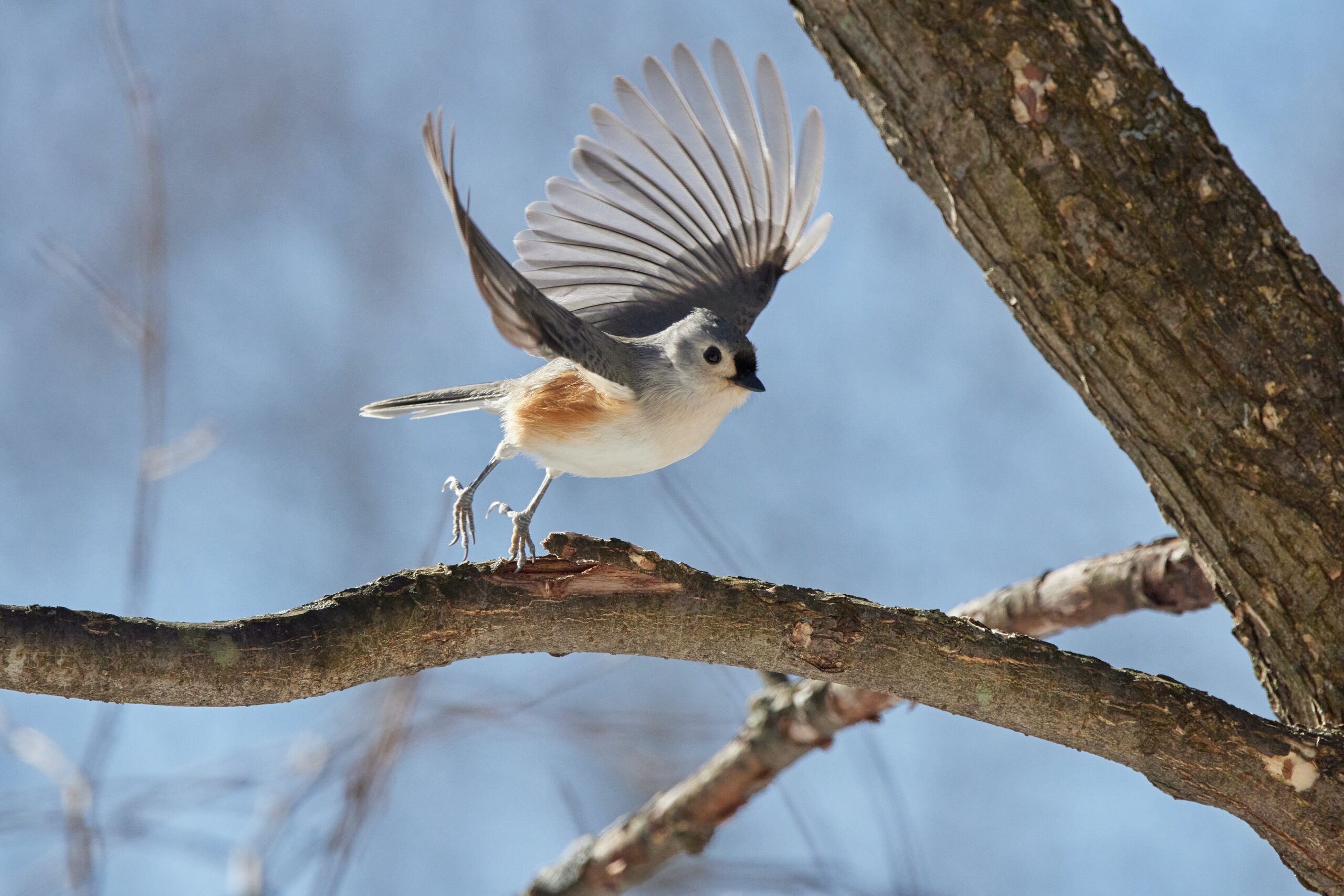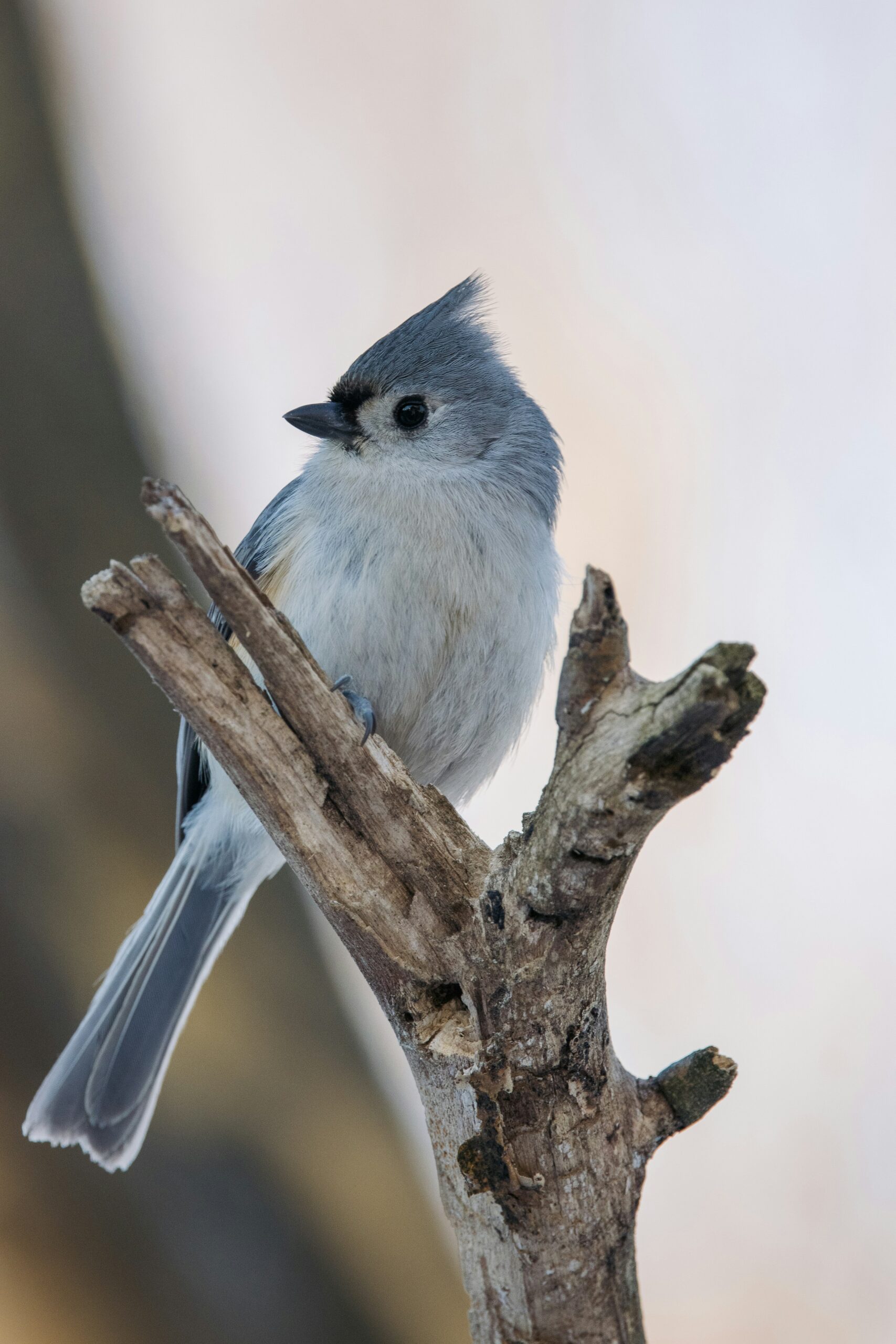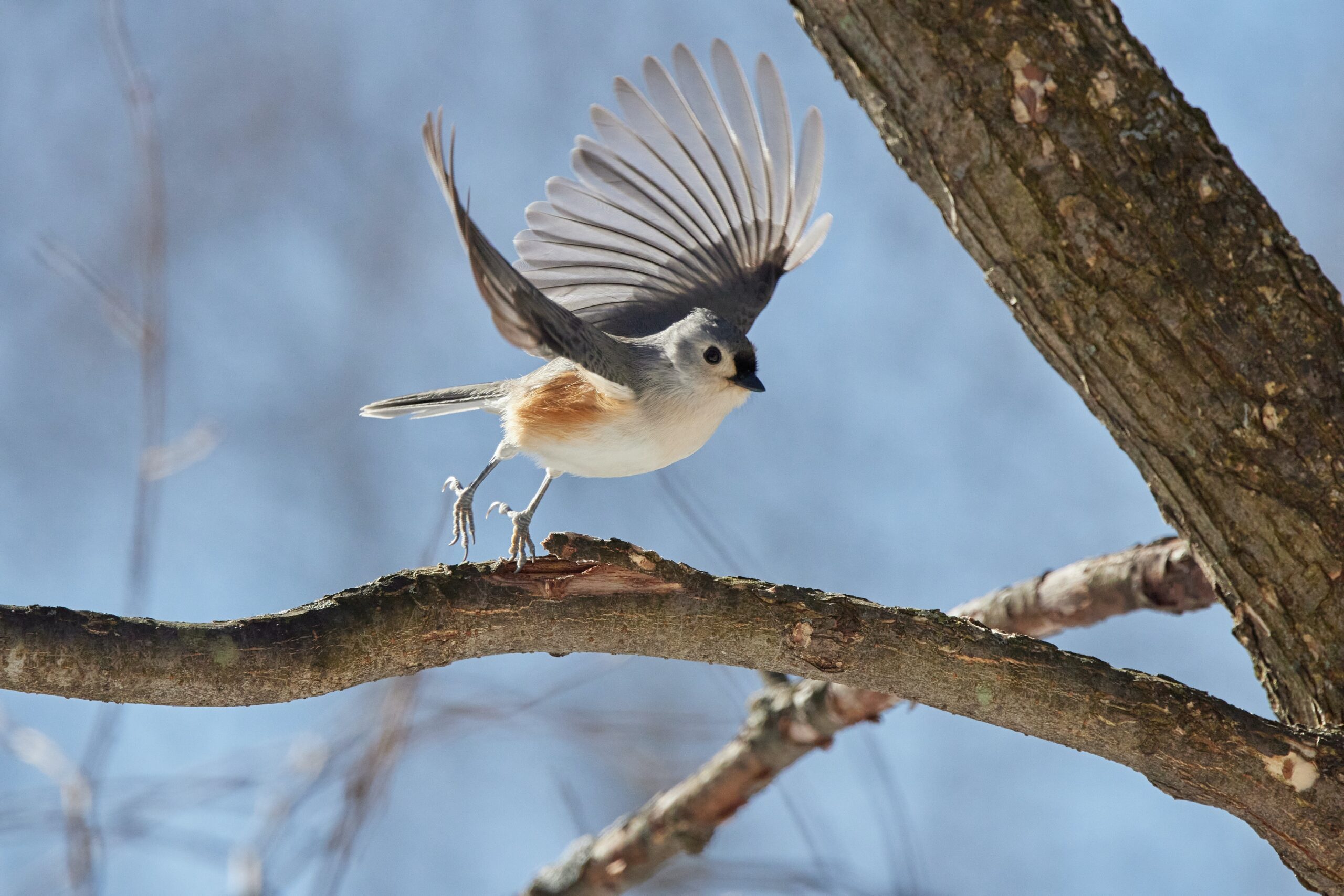Imagine you’re out in nature, with binoculars in hand, ready to spot some beautiful birds. But have you ever wondered what the difference is between angled and straight spotting scopes for birding? Well, wonder no more! In this article, we’ll break it down for you and help you choose the right one for your birding adventures. So sit back, relax, and let’s explore the world of spotting scopes together!
Understanding Spotting Scopes
Purpose of spotting scopes
Spotting scopes are optical devices that are specifically designed for birding and other outdoor activities that require high magnification and long-range viewing. These scopes are used to observe birds and wildlife from a long distance, allowing birders to get a closer look at their subjects without disturbing them. The main purpose of spotting scopes is to provide a clear and detailed view, so birders can identify different species and study their behavior.
Components of spotting scopes
Spotting scopes are made up of several important components that work together to deliver high-quality images. The main components of a spotting scope include the objective lens, eyepiece, body tube, focus knobs, and tripod mount. The objective lens is responsible for gathering and focusing light onto the eyepiece, while the body tube houses the optics and acts as a protective casing. The focus knobs allow birders to adjust the clarity and focus of the image, while the tripod mount ensures stability and ease of use.
Usage of spotting scopes in birding
Spotting scopes are widely used by birders for a variety of reasons. Firstly, they provide a much higher magnification than binoculars, allowing birders to see more details on birds that may be far away. Spotting scopes also have a longer focal length, which means they have a narrower field of view but can zoom in on a specific bird or area with greater clarity. This makes them ideal for birders who want to observe birds that are perched high in trees or nesting on rocks. Additionally, spotting scopes are often used for birding in wetlands, open fields, and other areas where birds may be distant or difficult to access. The high-quality optics of spotting scopes make it easier to identify and study birds in these challenging environments.
Defining Angled Spotting Scopes
Structural components of angled spotting scopes
Angled spotting scopes have a unique design that sets them apart from straight spotting scopes. The main structural component that distinguishes angled scopes is the angled eyepiece. In angled spotting scopes, the eyepiece is set at a 45-degree angle to the body tube, allowing users to comfortably look into the scope without straining their neck or back. This angled design also allows for greater flexibility in positioning the scope, as it can be easily adjusted for different viewing angles and heights.
Working principle of angled spotting scopes
The working principle of angled spotting scopes is similar to that of straight spotting scopes. Light enters through the objective lens, travels through the body tube, and reaches the angled eyepiece. The angled eyepiece then magnifies and focuses the image for the viewer. The main advantage of the angled design is that it allows for more comfortable viewing, especially when the scope needs to be pointed upwards or downwards. This makes angled spotting scopes particularly popular among birders who frequently observe birds in trees or cliffs.
Pros and cons of using angled spotting scopes for birding
Using angled spotting scopes for birding has its own set of advantages and disadvantages. One major advantage is the ergonomic design, which allows for comfortable and extended viewing sessions. Angled scopes are also easier to share among multiple users, as the eyepiece can be adjusted to accommodate individuals of different heights. Additionally, the angled design makes it easier to track moving birds without needing to constantly adjust the tripod height.
However, there are some potential drawbacks to using angled spotting scopes. The narrower field of view can make it harder to locate birds, especially in dense foliage or busy feeding areas. The angled eyepiece can also make it challenging to quickly switch between different birds or observe birds that are located at ground level. Some birders also find it more difficult to achieve a steady image when using an angled scope, as slight movements can cause the eyepiece to shift.

Exploration of Straight Spotting Scopes
Basic structure of straight spotting scopes
Unlike angled spotting scopes, straight spotting scopes have a straightforward design. The eyepiece is aligned with the body tube, creating a straight line of sight from the objective lens to the viewer’s eye. This design allows for easy and direct viewing, without the need to adjust the angle or position of the scope.
Functioning of straight spotting scopes
The functioning of straight spotting scopes is similar to that of angled spotting scopes. Light enters through the objective lens, travels through the body tube, and reaches the eyepiece, which magnifies and focuses the image for the viewer. The straight design of these scopes allows for quick and precise aiming, making them ideal for birders who need to quickly locate and track birds in different directions.
Positive and negative aspects of using straight spotting scopes for birding
Straight spotting scopes offer several advantages for birding enthusiasts. The direct line of sight provides a wider field of view, making it easier to locate birds and observe large areas. This is particularly beneficial when birding in open habitats where birds may be more spread out. Straight scopes also excel at tracking fast-moving birds, as the straight design allows for quick and accurate adjustments when panning across a wide area.
However, there are a few drawbacks to using straight spotting scopes as well. The direct line of sight can be tiring for the neck and back, especially when observing birds at awkward angles or positions. Users may need to bend or stoop to align their eyes with the eyepiece, which can lead to discomfort and strain. Additionally, sharing a straight spotting scope between individuals of different heights can be less convenient, as the eyepiece cannot be easily adjusted to accommodate different viewing angles.
Comparing Ease of Use
Ease of setup for angled spotting scopes
When it comes to setup and initial use, angled spotting scopes generally offer greater ease of use. The angled eyepiece allows for comfortable viewing without the need to strain your neck or back. Setting up the scope on a tripod is straightforward, as the angled design allows for more flexibility in positioning the scope at different heights and angles. This eliminates the need for constantly adjusting the tripod to match your height or the bird’s position.
Ease of setup for straight spotting scopes
Straight spotting scopes are also relatively easy to set up and use. The straight design eliminates the need to adjust the angle or position of the scope, making it simple to align the eyepiece with your eyes. Setting up the scope on a tripod is also straightforward, as the straight design allows for quick and accurate adjustments. However, the direct line of sight may require more bending or stooping to position your eyes correctly, which can be less comfortable in the long run.
User-experience comparison for birding
When it comes to user experience during birding, the choice between angled and straight spotting scopes often comes down to personal preference and the specific birding scenario. Angled spotting scopes are generally preferred by birders who frequently observe birds high up in trees or cliffs, as the angled eyepiece provides a more comfortable viewing position. Straight spotting scopes are favored by birders who prioritize quick and direct aiming, as the straight design allows for faster target acquisition and tracking.
In both cases, the key to a positive user experience is finding a scope that aligns with your specific needs and preferences. Trying out different models and designs before making a purchase can help you determine which type of spotting scope feels most comfortable and intuitive to use.

Analyzing the Field of View
Field of view provided by angled spotting scopes
The field of view provided by angled spotting scopes is generally narrower compared to straight spotting scopes. This narrower field of view can make it more challenging to locate and track birds, especially in dense vegetation or busy feeding areas. On the other hand, the narrower field of view can be an advantage when observing distant birds, as it allows for greater magnification and detail. Angled spotting scopes are particularly well-suited for birding situations where the birds are high up in trees or perched on cliffs, as they allow for comfortable viewing from below.
Field of view provided by straight spotting scopes
Straight spotting scopes typically offer a wider field of view compared to angled spotting scopes. This wider field of view makes it easier to locate birds, especially in open habitats where birds may be more spread out. The wider field of view also allows for easier observation of large flocks or groups of birds. However, the wider field of view may sacrifice some magnification and detail when observing distant birds. Straight spotting scopes are ideal for birders who need to quickly scan large areas or track fast-moving birds across a broad expanse.
Comparing the perspectives for birding
The choice between angled and straight spotting scopes ultimately comes down to personal preference and the specific birding scenario. Angled spotting scopes provide a comfortable viewing angle when observing birds high in trees or cliffs, but may sacrifice some ease of locating birds due to the narrower field of view. Straight spotting scopes offer a wider field of view, making it easier to locate birds in open habitats, but may require more bending or stooping to align your eyes with the eyepiece.
Both types of spotting scopes have their merits and can provide an immersive birding experience. It is important for birders to consider their own comfort and observational needs when choosing between angled and straight spotting scopes.
Evaluating Pricing and Availability
Market price of angled spotting scopes
The market price of angled spotting scopes can vary depending on the brand, model, and features offered. Generally, angled spotting scopes tend to be slightly more expensive than straight spotting scopes due to their more complex design. High-quality angled spotting scopes from reputable brands can range from around $300 to $1500 or more. There are also budget-friendly options available in the $100 to $300 range that still offer decent optical performance for birding purposes. The price range of angled spotting scopes ensures that there are options available for different budgets and needs.
Market availability of angled spotting scopes
Angled spotting scopes are readily available in the market, both online and in physical stores specializing in optics and outdoor gear. Popular optics brands such as Swarovski, Leica, Zeiss, and Vortex offer a wide range of angled spotting scopes catering to different levels of birding enthusiasts. These scopes can be found in specialty birding stores, camera stores, and even large online retailers. With the increasing popularity of birding as a hobby, the availability of angled spotting scopes has grown significantly, making it easier for birders to find the right scope for their needs.
Market price and availability of straight spotting scopes
Straight spotting scopes, like their angled counterparts, have a range of prices and models available in the market. Straight spotting scopes tend to be slightly more affordable compared to angled spotting scopes, with options ranging from around $200 to $1000 or more depending on the brand and features. Budget-friendly straight spotting scopes can also be found in the $100 to $200 range, offering good value for birders who are just starting out. The market for straight spotting scopes is also well-established, with a wide selection of models and brands available both online and in physical stores.
When considering the price and availability of both angled and straight spotting scopes, it is important for birders to carefully assess their needs, budget, and desired features before making a purchase. Comparing different brands and models can help ensure that you find a spotting scope that meets your requirements for birding.

Analyzing Ergonomics
Ergonomics of using an angled spotting scope
The ergonomic design of angled spotting scopes provides several benefits for birders. The angled eyepiece allows for a more comfortable viewing position, as the scope can be positioned at a height that suits your eye level. This eliminates the need to stoop or strain your neck and back when observing birds at various heights. The angled design also makes it easier to quickly adjust the scope for different viewing angles, without the need to constantly adjust the tripod height.
Another ergonomic advantage of angled spotting scopes is the ability to share the scope among multiple users of different heights. The adjustable eyepiece allows each user to find their optimal viewing position, enhancing the overall birding experience for everyone involved. Additionally, the inclined position of the eyepiece makes it easier to track birds in flight or observe birds that are perched high in trees.
Ergonomics of using a straight spotting scope
Using a straight spotting scope has its own ergonomic considerations. The direct line of sight of a straight spotting scope allows for quick and easy alignment of the eyepiece with your eyes. This can be especially beneficial when birding in fast-changing situations or when observing birds at ground level. However, the straight design may require more bending, stooping, or adjusting the tripod height to find a comfortable viewing position. This can lead to discomfort and strain, particularly during extended birding sessions.
Sharing a straight spotting scope among multiple users of different heights may also be less convenient, as the eyepiece cannot be adjusted to accommodate individual preferences. However, some straight scopes offer rotating or adjustable eyepieces that allow for a more customizable viewing angle, reducing the need for frequent adjustments or discomfort.
When considering the ergonomics of using a spotting scope, it is important to prioritize comfort and ease of use. Trying out different models and designs can help identify which type of spotting scope feels most comfortable and intuitive for your birding needs.
Impact on Birding Experience
Influence of angled scopes on birding
Angled spotting scopes can greatly enhance the birding experience. The ergonomic design allows for more comfortable and extended viewing sessions, reducing strain on the neck and back. This makes it easier to observe birds for longer periods without discomfort. The adjustable eyepiece also enables different users to find their optimal viewing position, ensuring an enjoyable birding experience for all.
From a practical standpoint, angled spotting scopes can be particularly advantageous when observing birds high up in trees or cliffs. The angled eyepiece allows for easy and comfortable viewing from below, minimizing the need to strain or crane your neck. This can be especially valuable when observing birds nesting or engaging in behaviors that require looking upward for extended periods.
Effect of straight scopes on birding
Straight spotting scopes also have a significant impact on the birding experience. The direct line of sight offers a wider field of view, making it easier to locate birds in open habitats or observe large flocks of birds. Straight scopes excel at quickly scanning large areas and tracking fast-moving birds across a broad expanse. This can be particularly advantageous when birding in fast-paced situations or when observing birds that are active and constantly on the move.
However, the straight design may also present challenges when observing birds at awkward angles or in positions that require bending or stooping. This can lead to discomfort and strain, detracting from the overall birding experience. Sharing the scope among multiple users of different heights may also be less convenient, as individual viewing preferences may not be easily accommodated.
Ultimately, both angled and straight spotting scopes have a significant impact on the birding experience. The choice between the two depends on personal preference and the specific birding scenarios encountered.
Maintenance and Care
Maintenance required for angled spotting scopes
Angled spotting scopes require regular maintenance to ensure optimal performance and longevity. This includes cleaning the lenses and body of the scope to remove dust, debris, and fingerprints. It is important to use a soft, lint-free cloth or lens cleaning solution that is specifically designed for optical surfaces. Avoid using abrasive materials or harsh chemicals, as these can damage the lenses or lens coatings.
Additionally, the moving components of the angled spotting scope, such as the focus knobs and eyepiece adjustments, should be checked and lubricated as necessary to ensure smooth operation. It is recommended to consult the manufacturer’s instructions or seek professional servicing if any repairs or adjustments are needed.
To protect the scope during transportation and storage, a padded carrying case or protective sleeve should be used. This will help prevent accidental impacts or scratches that may affect the performance of the scope.
Care needed for straight spotting scopes
Straight spotting scopes also require regular care and maintenance to ensure their longevity and optimal performance. Similar to angled spotting scopes, the lenses and body should be cleaned regularly using gentle cleaning materials specifically designed for optical surfaces. Avoid using abrasive materials or harsh chemicals that could damage the lenses or lens coatings.
The moving components of the straight spotting scope, such as the focus knobs and eyepiece adjustments, should be checked and lubricated as needed to ensure smooth operation. It is recommended to consult the manufacturer’s instructions or seek professional servicing if any repairs or adjustments are required.
To protect the scope during transportation and storage, a padded carrying case or protective sleeve should be used. This will help prevent accidental impacts or scratches that may affect the performance of the scope.
Comparison of maintenance and care
In terms of maintenance and care, both angled and straight spotting scopes require similar attention and precautions. Regular cleaning, lubrication, and protection during transportation and storage are important for maintaining the performance and longevity of the scopes.
The main difference in maintenance lies in the moving components. Angled spotting scopes generally have more adjustable parts, such as the angled eyepiece and focus knobs, which may require periodic maintenance and adjustments for optimal performance. Straight spotting scopes typically have fewer adjustable parts, simplifying the maintenance requirements but still requiring care and attention.
Choosing the Right Spotting Scope
When choosing the right spotting scope for birding, consider the following factors:
Considerations when choosing angled spotting scopes
- Ergonomics: Determine whether the angled design provides a more comfortable viewing position and if it aligns with your preferred birding style.
- Birding environment: Consider if the angled design is suitable for the habitats and birding scenarios you frequently encounter, such as observing birds in trees or cliffs.
- Sharing with others: If you frequently bird with other individuals of varying heights, the adjustable eyepiece of an angled spotting scope may be advantageous.
- Price range: Evaluate the cost and value of different angled spotting scopes to ensure it fits within your budget. Consider both high-end and budget-friendly options.
- Magnification and image quality: Assess the optical performance, including magnification power and image quality, to ensure the spotting scope meets your desired birding requirements.
Choosing a straight spotting scope based on factors
- Ergonomics: Consider if the straight design aligns with your comfort preferences and ability to maintain alignment with your eyes.
- Birding environment: Determine if the wider field of view offered by straight scopes suits the open habitats and birding scenarios you typically encounter.
- Price range: Evaluate the cost and value of different straight spotting scopes to find one that fits within your budget. Compare features and performance across brands.
- Magnification and image quality: Assess the optical specifications of the straight spotting scope, including the magnification power and image clarity, to ensure it meets your birding needs.
- Ease of use: Consider the setup process and user experience of using a straight spotting scope, especially in fast-paced birding situations.
Guidance for birders in choosing the right scope
When choosing a spotting scope for birding, it is important to consider your individual preferences, birding environment, and budget. Start by identifying your priorities, such as comfort, ease of use, or specific birding scenarios you frequently encounter.
Research different brands and models, paying close attention to the features and specifications that are most relevant to your birding needs. Read reviews from experienced birders to gain insights into the pros and cons of various spotting scopes.
Consider testing different models if possible, either through borrowing or visiting a store specializing in optics, to determine which design and features feel most comfortable and intuitive for you. This hands-on experience can provide valuable insights into the suitability of a spotting scope for your birding style.
Remember that the right spotting scope is a personal choice, and what works well for one birder may not be the best option for another. By carefully considering your needs, testing different models, and prioritizing comfort and performance, you can choose a spotting scope that enhances your birding experience and allows you to observe nature’s wonders with clarity and joy.

